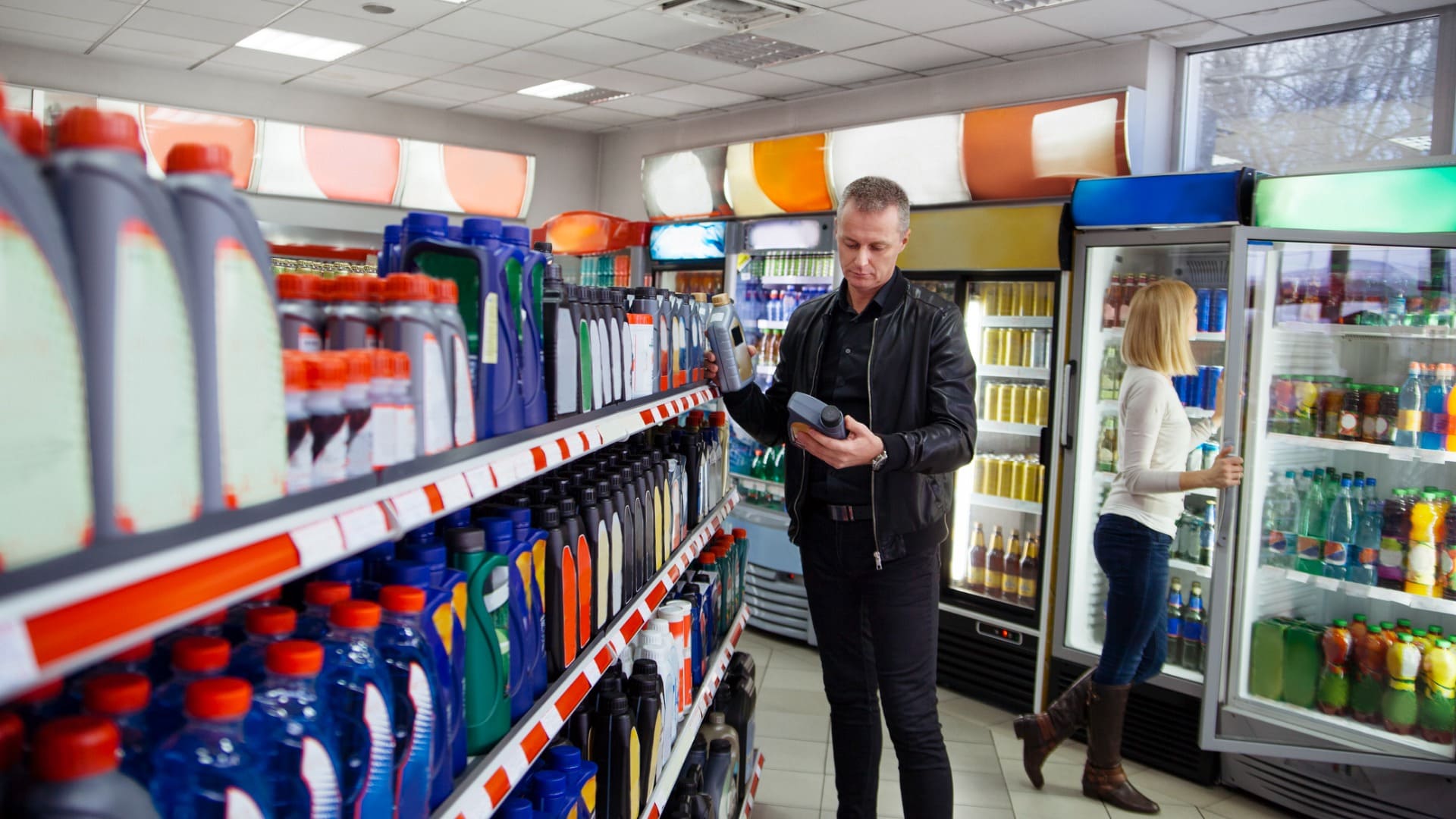Julia Gongora, Implementation Advisor (Mexico)
In business, as with everything, nothing remains static. Change is constant and adaptation is a necessity. Technology advances, consumer habits shift, and as a result retail transforms. However, the rate of this change varies. During the global pandemic, changes to the retail environment accelerated at a rapid pace, perhaps faster than ever before. Government compliance required prompt innovation by retailers and rapid adjustment in consumer behavior. Yet, while emergency measures have wound down, consumers have only partially readjusted. Some consumer habits from the pandemic have lingered. Again, while change is inevitable, the rate of change can be unpredictable.
How can a retailer keep up in this constantly shifting environment?
Discussions and forecasts in the corporate office can only go so far. The store, the frontline of retail, is where the action is. The solution, or to be blunt, the only way to remain constantly in touch with the customer and their needs, is to “go to Gemba.” Gemba is a Japanese word which means “the true place.” To “go to Gemba” is to go to the place where things truly happen. Through Gemba, an organization can avoid poor decisions made in a vacuum without knowledge of what truly is happening in the world. With Gemba, first-hand experience provides enriching insights needed for excellent decision making.
During the pandemic, some specific changes in retail included expansion of self-checkout and contactless payment. These changes required a redesign on the front end to accommodate more self-checkout registers in addition to adjustments to scheduling, operations and even enterprise systems. As a concept in a vacuum, one could think that self-checkout would reduce a cashiering labor need. This is true, however through observing customer actions in self-checkout, it became evident that dedicated employees were needed for customer supervision and assistance. Through broader observation, it was understood that the single queue for self-checkout improved waiting time over individual self-checkout lanes.
Electronic payments have changed as well. The swipe gave way to the chip which evolved into the nearly contactless tap. WIC payments are more simple. Customers are savvier and are becoming more comfortable with new electronic types of payments such as Apple Pay or pre-entry of card information. As a result, new methods are becoming mainstream and old methods continue to change. Without careful customer observation, these changes could pass by an unaware retailer with outdated standards.
The pandemic accelerated changes in online shopping and pick-up options as well. Some stores already offered online shopping with delivery for some items but these options have become a necessity for some customers. Of course, for the retailer these developments required functional adaptation, too. Online stores needed to be set up, areas had to be designated for staging pre-shopped goods, and deliveries had to be carried out. Personnel are necessary for deliveries and staging, which requires changing operations or tasks of employees during their work shift. The needs of shifting personnel could only be witnessed through observing the activity in the store—going to Gemba.
Gemba continues to inform change and success
With these changing habits, innovations were needed through third-party company applications to assist online shopping and try to fill the void created by losing the customer experience. When a customer is not walking the floor of a store, impulse-buys do not occur, a customer is not comparing prices, or observing an item for purchase not previously considered. Applications could only mimic these sorts of actions, through suggested purchases for example, by knowing how the customer acts in real life.
Many of these advances are now commonplace. Whether you are in retail or you shop retail, you will have seen some or all of these concepts adopted already. The success of these measures requires one to go to Gemba in order to see how customers continue to act in stores. In this way, the retailer can know which operations are successful and which ones require improvement. One does not know what they don’t know until they see it. This is the benefit of going to Gemba.




